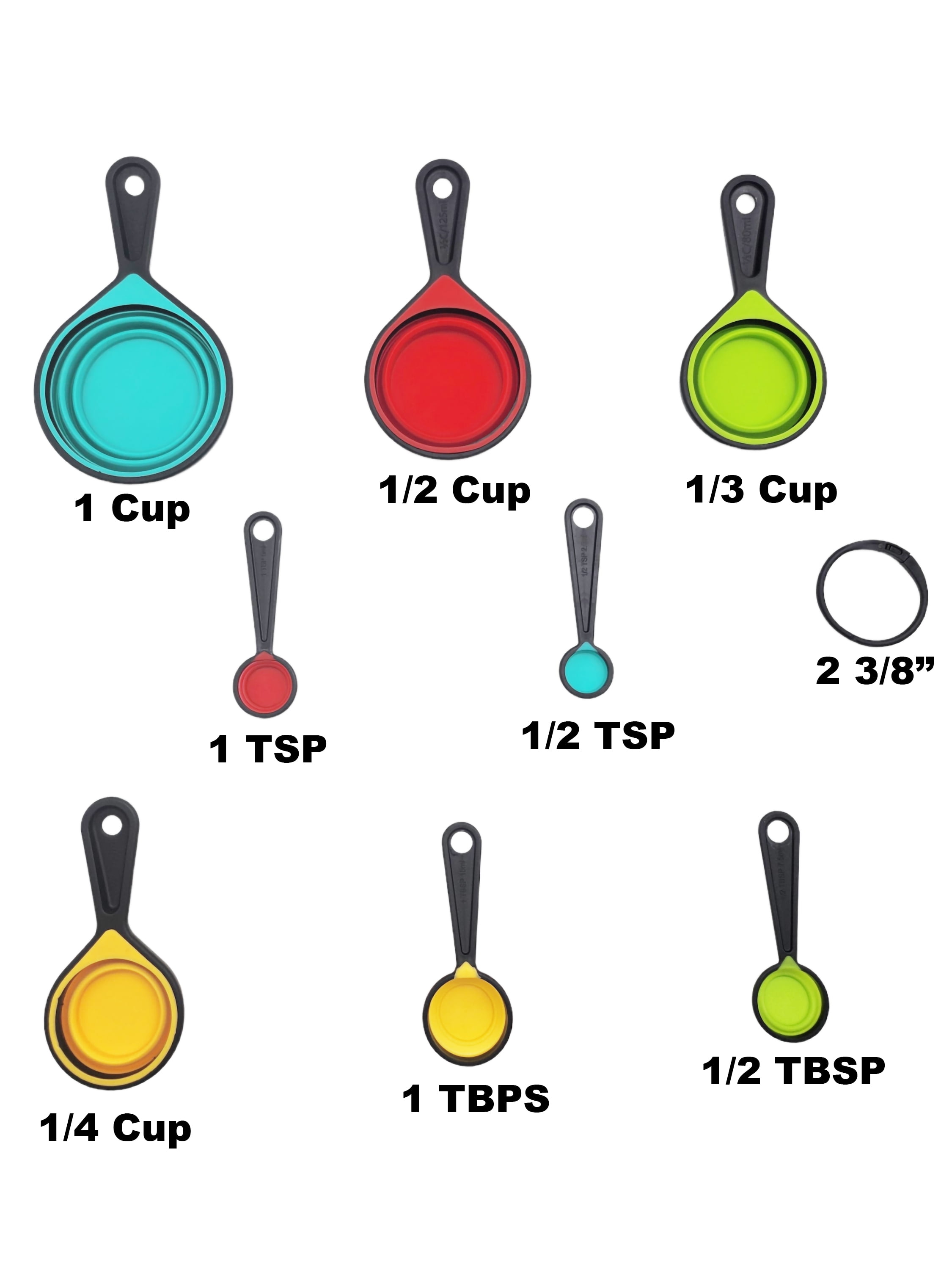Measuring ingredients accurately is crucial in cooking and baking. Whether you're whipping up a batch of cookies or preparing a savory stew, precise measurements ensure your dishes turn out just right. Among the most common measurements, 3/4 cup often appears in recipes, but not everyone has a dedicated 3/4 cup measure at hand. In this article, we'll explore simple tips and tricks to measure 3/4 cup perfectly using measuring cups or alternative methods.
Understanding how to measure 3/4 cup accurately can make a significant difference in the outcome of your culinary creations. From substituting with other measuring tools to converting units, there are several techniques you can employ. Let's dive into some easy strategies that will help you master this essential measurement without any hassle.
Understanding Measurement Equivalents
Cooking often involves converting between different units of measurement, and understanding these conversions is key to success in the kitchen. For instance, knowing that 3/4 cup equals 12 tablespoons or 26 teaspoons can be incredibly useful when you don't have a specific 3/4 cup measure available. This knowledge allows you to use smaller measuring tools to achieve the same result.
In addition to tablespoons and teaspoons, it's helpful to recognize that 3/4 cup is equivalent to approximately 177 milliliters. If you're working with recipes from different regions, being familiar with metric conversions can simplify the process. Many modern recipes provide both imperial and metric measurements, making it easier to adapt as needed.
For those who prefer visual aids, consider using a liquid measuring cup marked with volume indicators. These cups often display both customary and metric units, allowing you to easily identify the correct amount by aligning the ingredient level with the appropriate marking.
Selecting the Right Tools for Accuracy
When it comes to achieving accurate measurements, having the right tools on hand makes all the difference. Investing in a high-quality set of measuring cups ensures consistency in your recipes. Look for sets that include a 3/4 cup measure, as well as other standard sizes like 1/4 cup, 1/3 cup, and 1 cup. Stainless steel options are durable and resistant to stains, while plastic alternatives may be more budget-friendly.
If you find yourself frequently needing a 3/4 cup measure, consider purchasing an individual 3/4 cup scoop. These standalone tools are designed to fit neatly into containers of flour, sugar, or other dry ingredients, providing convenience and precision. Brands like BERYLER offer single 3/4 cup measures made from stainless steel, ensuring longevity and ease of use.
For liquid ingredients, opt for a clear glass or plastic measuring cup with spouts for easy pouring. These cups typically feature graduated markings that allow you to measure liquids accurately up to the desired amount. When choosing a liquid measuring cup, ensure it has sturdy handles and clear, easy-to-read measurement lines.
Substitution Methods for Measuring 3/4 Cup
Sometimes, despite our best efforts, we might not have the exact measuring tool required by a recipe. In such cases, knowing substitution methods can save the day. One straightforward approach is combining smaller measurements to equal 3/4 cup. For example, adding 1/2 cup and 1/4 cup together achieves the same volume.
Another practical method involves using tablespoons. Since 3/4 cup equals 12 tablespoons, you can measure out twelve level tablespoons of the ingredient to reach the correct amount. This technique works particularly well for small quantities where precision is critical.
In situations where neither measuring cups nor tablespoons are available, approximate conversions based on weight can serve as a backup plan. For instance, if you know that one cup of granulated sugar weighs about 200 grams, then 3/4 cup would weigh approximately 150 grams. Using a kitchen scale provides an alternative way to ensure accuracy when traditional measuring tools aren't accessible.

